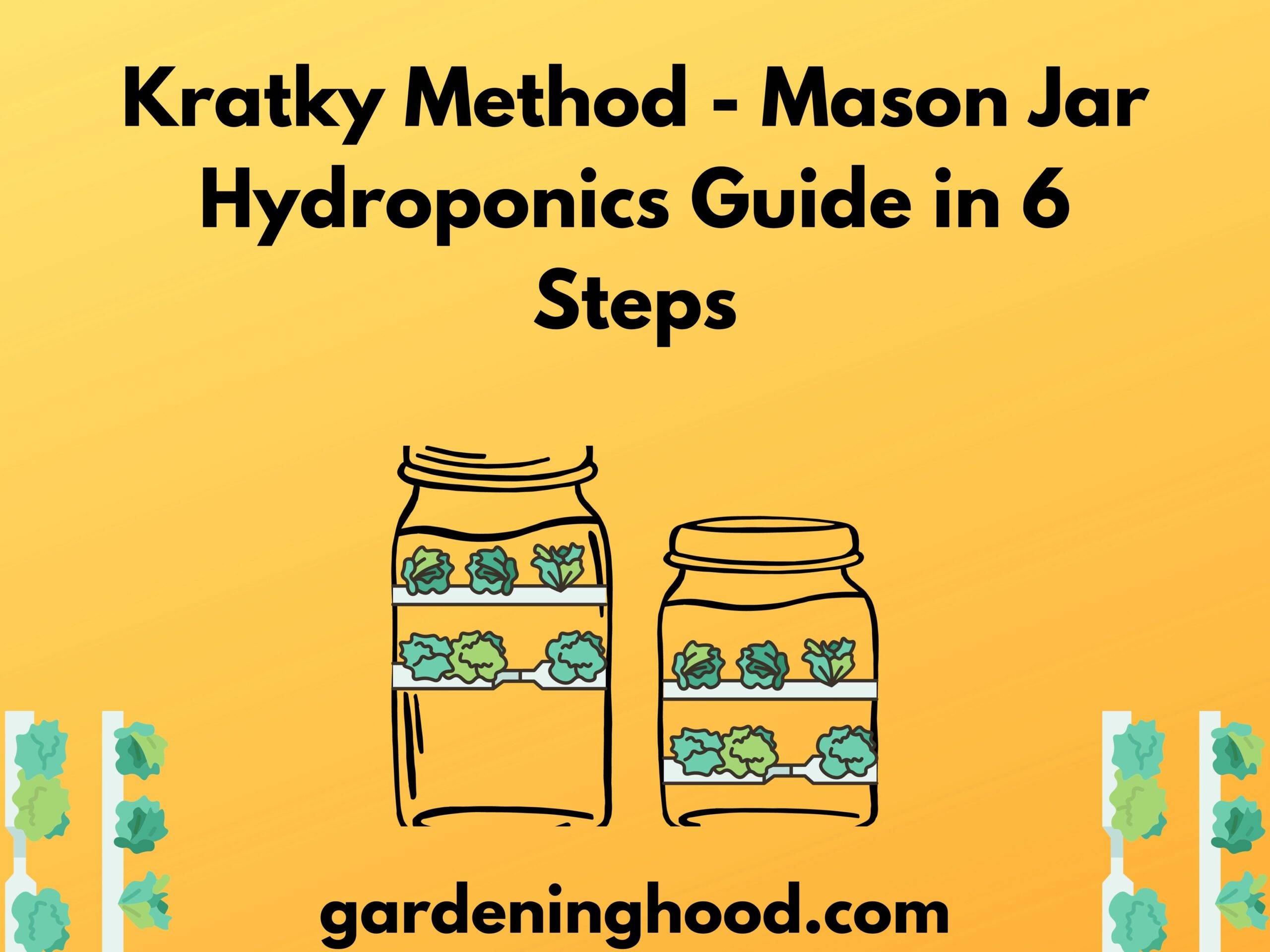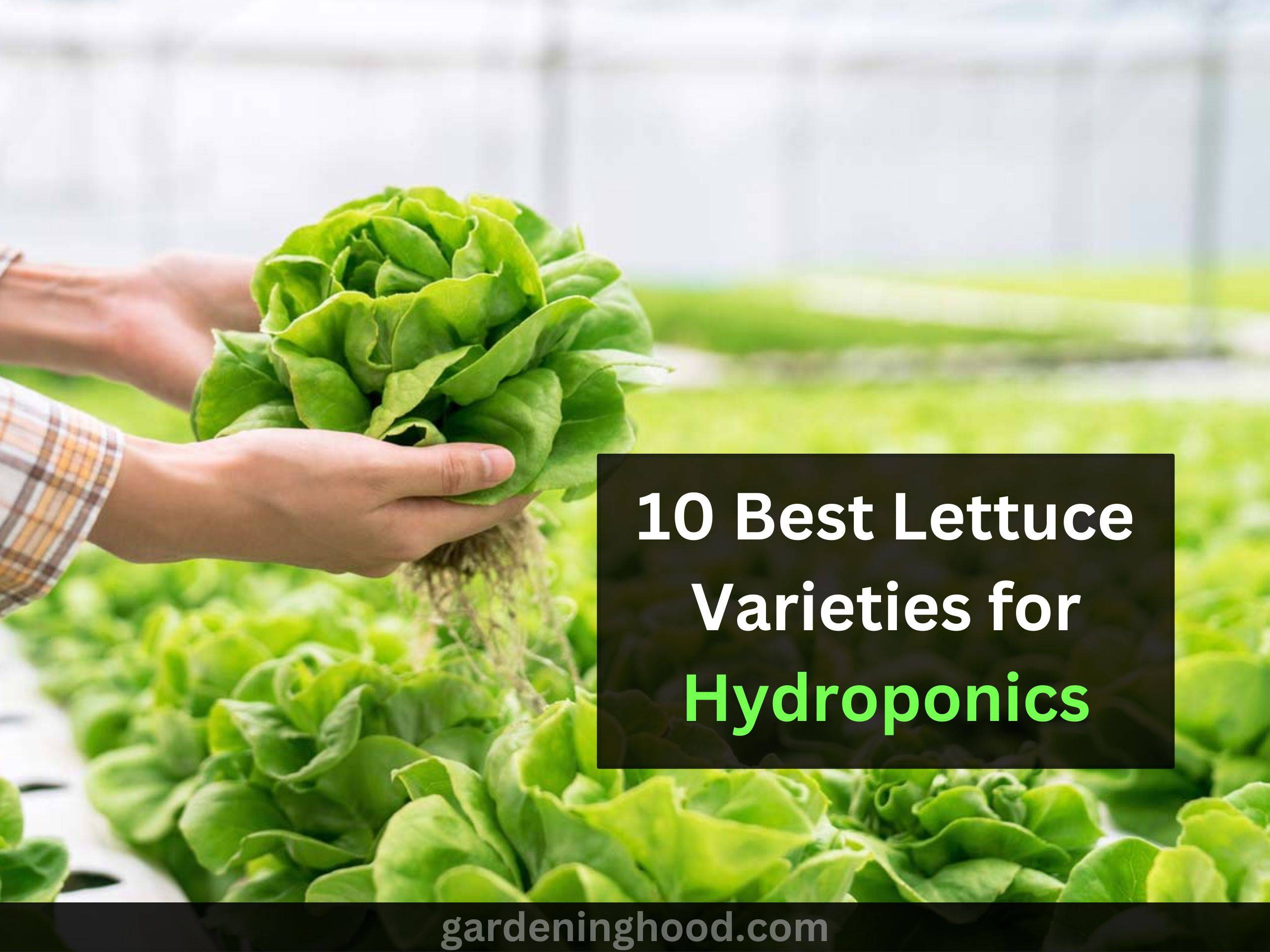How to make a DIY Jar Hydroponic Garden? (Easy Way)
Hey folks! Welcome back!
I hope you are doing great in your gardening field. Do you know How to make a DIY Jar Hydroponic Garden? There is one interesting method of growing plants without soil. Yes, this is true.
We all know that soil is essential for the growth of plants. It provides all the necessary nutrients. But very few of us know about this technique which is Hydroponic gardening. We see so many people around us who grow plants in their gardens and even inside their houses in a pot.
Quick takeaways:
- Everyone wants to live in a healthy and pure environment and plants help you to create such a natural environment.
- The ‘hydro’ term is used for water and ‘phonic’ means work.
- All the necessary nutrients for the growth of the plant are added to the water, and plants are grown.
In this article, you will get to know about Hydroponic gardening and if you haven’t tried this technique and you want to know how you can make a DIY Jar Hydroponic Garden easily, then keep on reading this article. We are sure you need not search more on this.
What is Hydroponic Gardening?
This is a great indoor planting method that many people are unaware of. From the name itself, we can imagine what would be the scenario. We all know that the basic requirements for a plant to grow are water, light, carbon dioxide, and nutrients. Soil is the main store base of all the nutrients and supplies water to the soil.
The hydroponic technique focuses on these two works of the soil. Simply, it is the method of growing plants without soil. In traditional planting, we carefully notice the growth process of the plant by saving it from the attacks of pests and avoiding some diseases.
The best advantage of hydroponic planting is there is no soil means there is no home for pests. Other hydroponic gardens use a soil alternative, such as peat moss, coir (coconut fiber), old bark, perlite, or clay pebbles, to grow plants.
Some of the plants you can grow by hydroponic planting are:
- Lettuce
- Tomato
- Cucumber
- Strawberries
- Green beans
- Hot peppers
How to make a DIY Jar Hydroponic Garden? (Easy Way)
In the above section, we read that hydroponic gardening is the best alternative method to traditional gardening. Many people have a myth that this type of gardening is difficult to handle or may be costly. But this is not the truth.
We will discuss here some of the steps you can use to install a Hydroponic garden in your house easily. Even if you are planting for the first time, you can grow perfectly by just following these easy steps. We will suggest you grow your hydroponic garden with the use of a mason jar. It would be more convenient and easy for you.
Tools and Materials Required
- A few wide-mouth quart-sized canning jars with bands (or any glass jar)
- One 3-inch (7.6-cm) net pot per mason jar
- Plant-starting cubes made of Rockwool
- Clay shards from Hydroton
- Hydroponic food seeds for herbs or lettuce (or other desired plants)
Steps to make a DIY Jar Hydroponic Garden?
Once you collect all the materials mentioned above, you now just need to follow the steps given below:
- Root and germination of the seeds
- Paint your Mason Jars
- Put into Mason Jar
- Setting up the Plants
- Caring tips
Root and germination of the seeds
- Your seeds must be germinated in the initial stage. Because most plant seeds need four to six weeks to germinate, this step takes the longest.
- Because you need seedlings with roots to grow them in your hydroponic system, I advise keeping that in mind while planning your planting schedule.
- In the hydroponic growth cubes, you have to sow the seeds.
Paint your Mason Jars
- Painting the mason jar will help your plant to stay protected from UV radiation.
- Before painting the outer surface of the jar, make sure to cover it so that no paint can get inside the mason jar.
- Covering your mason jar with paint is an essential step and if you are facing any problem with painting or you don’t want to do it then there are some other alternatives you can buy amber mason jars that are capable of blocking UV radiation.
Put into Mason Jar
- The third step is transferring the germinated seeds into mason jars.
- Before this, properly clean mason jars. Sanitize them with antibacterial products so that there will be no harm to your plant’s health.
- Firstly fill the jar with water up to 1/4 of its capacity and then add hydroponic solution or nutritional solution into the jar.
- We recommend you add hydroton clay pebbles. These will help to trap and release air to the plant whenever there is a need.
Setting up the Plants
- Put net pots inside your mason jars. These net pots will hold your plant in the nutrient solution.
- Pulling their roots through the net and dangling in the water, the sprouting seeds are placed in it.
- After setting up your plant, you can fill up the space with clay pebbles or rock wools.
- As a beginner, you must use rock wool as they have the best property of moisture and oxygen retention.
Caring tips
- The final and most important step is caring for your plant and the jar. When you are done with setting the plant into the jar, keep in mind where you will place it.
- Light is an essential part of the growth of the plant. So, be careful that your plant will get sufficient light.
- Recall to give them appropriate water once each week. Enjoy the hydroponic mason jar harvest at the last stage.
So, this is all about hydroponic gardening. You can see that with some easy steps, you can create your hydroponic garden using jars. Just be sure to choose dependable supplies and take into account the particular hydroponic plant’s environmental needs.
What can you grow in glass jar hydroponic gardens?
As of now, we are clear with the process of making a DIY jar hydroponic Garden. Now, it is important to see what things you can grow in glass jar Hydroponic Gardens. So, are you ready?
If you know about it then it’s great but if not then you should know about it. You can grow the following things in the glass jar hydroponic Gardens:
- You can grow shrubs in it as it will grow amazingly.
- Growing herbs in the jars will benefit its growth.
- What about the vegetables? Yes, vegetables like lettuce can be easily grown in the glass jars.
Also, except lettuce some other vegetables can be easily grown in the glass jar hydroponic Gardens, such as cucumbers, peppers, Basil tomatoes, etc.
Growing plants for their fantabulous foliage and beautiful blooms in the glass jar hydroponics Garden will look amazing in your garden.
What about growing some of the houseplants in the jar hydroponics? Yes, growing Spider plants, Philodendrons, Money trees, Peace lilies, and many more will suit you best in it.
Wrapping up the lines
In this guide, you come to know that The ‘hydro’ term is used for water, and ‘phonic’ means work. We all know that the basic requirements for a plant to grow are water, light, carbon dioxide, and nutrients. Soil is the main store base of all the nutrients and supplies water to the soil.
The hydroponic technique focuses on these two works of the soil. Simply, it is the method of growing plants without soil. In this method, all the necessary nutrients for the growth of the plant are added to the water, and plants are grown. So, read the whole guide so that you understand more about the DIY jar of a hydroponic garden in depth.
Thanks for reading! Happy gardening!


